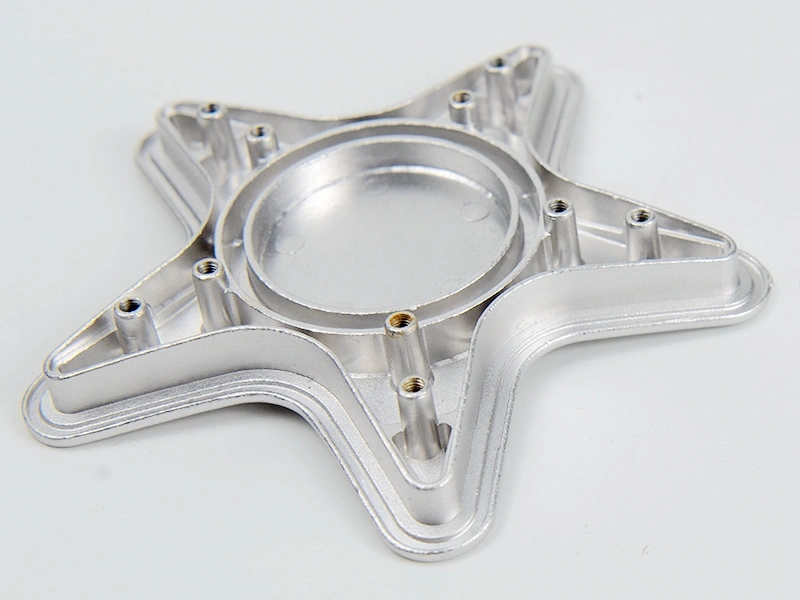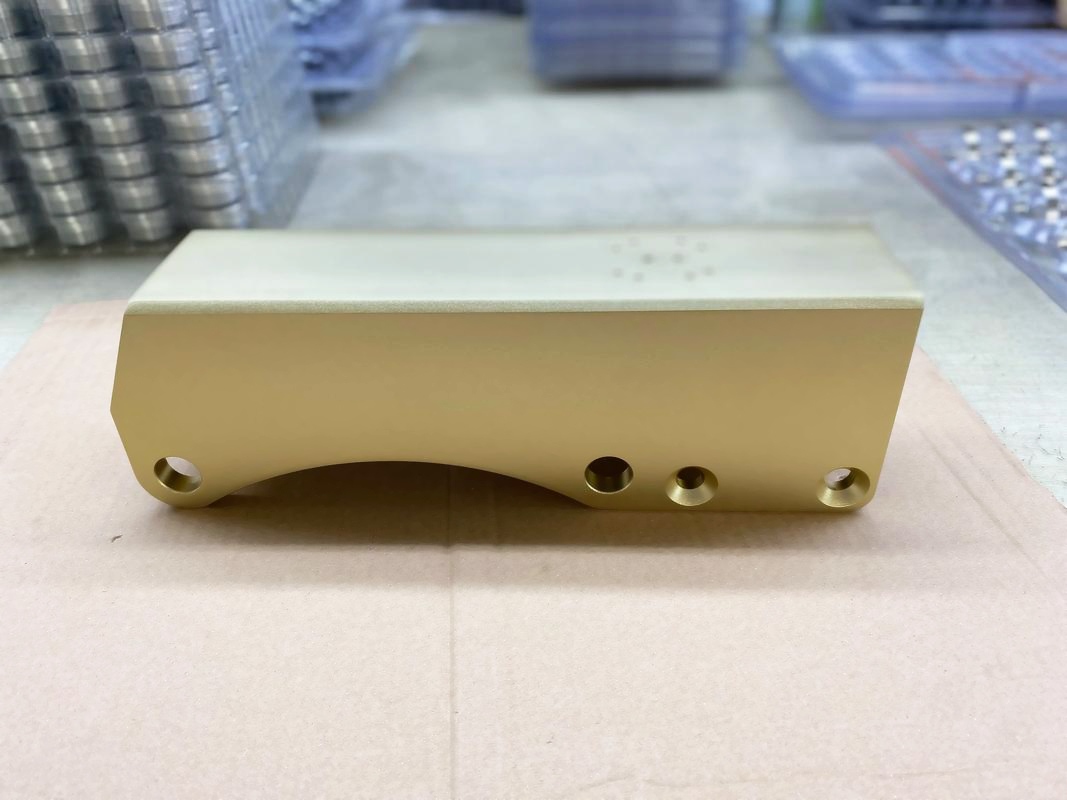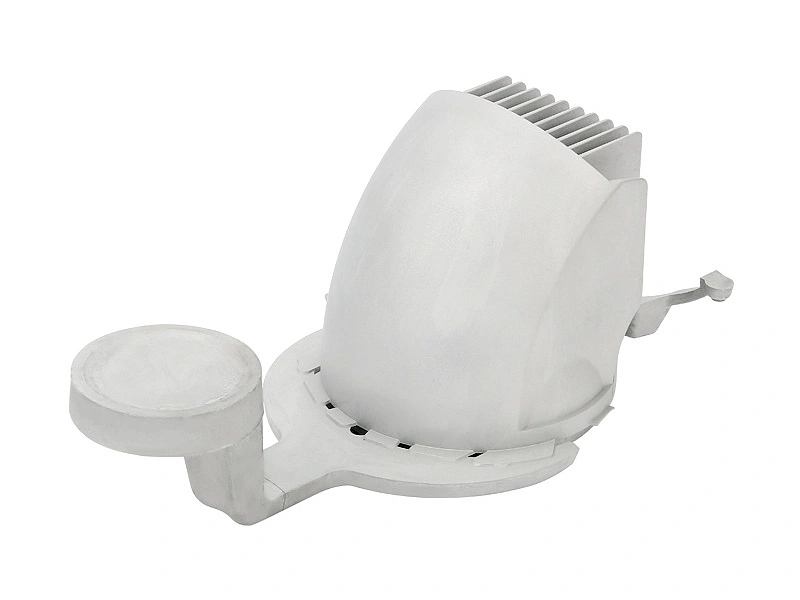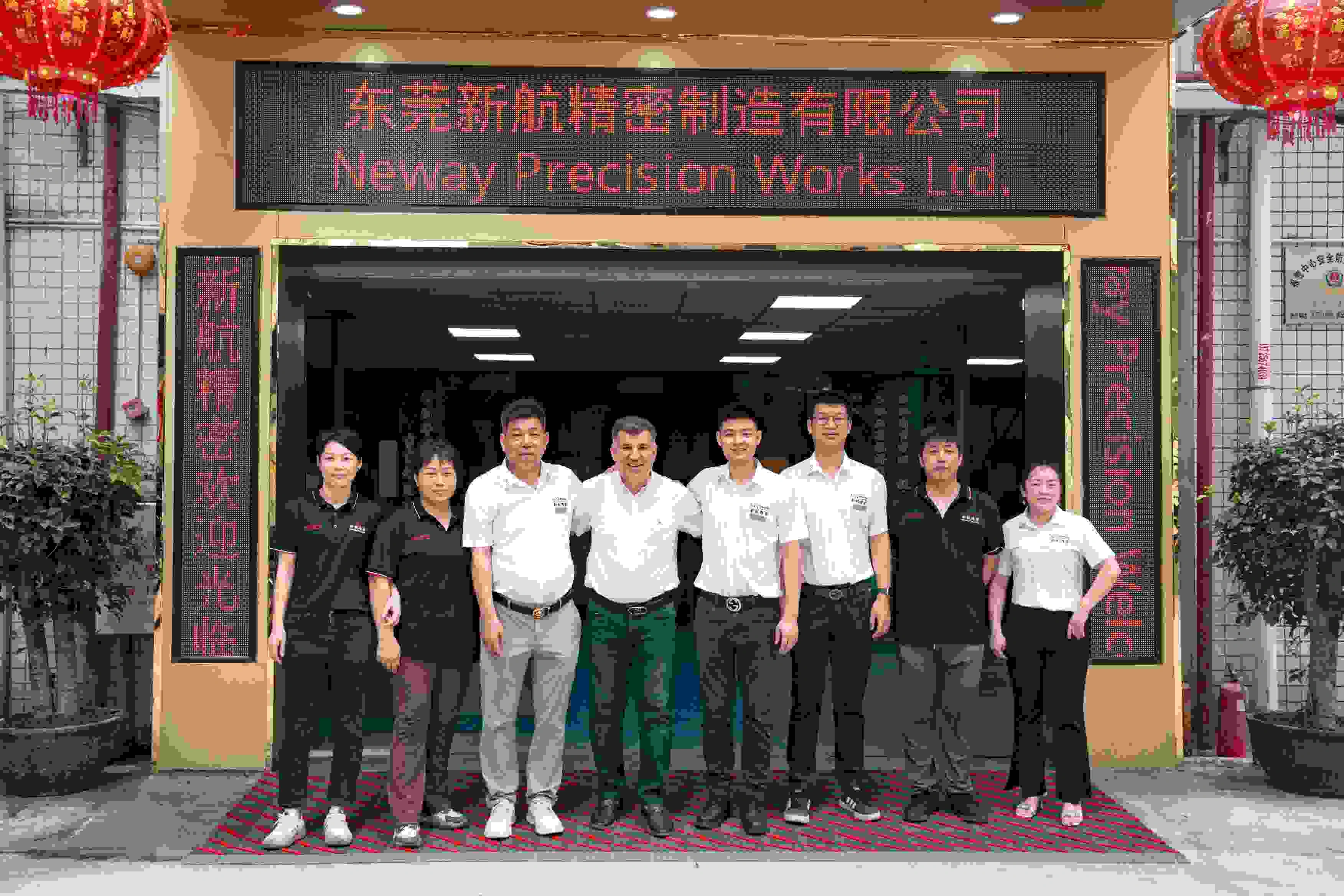Can aluminum heat sinks be anodized for thermal and corrosion performance?
Can Aluminum Heat Sinks Be Anodized for Thermal and Corrosion Performance?
Purpose of Anodizing Aluminum Heat Sinks
Yes, aluminum heat sinks can be anodized, and it is a common practice to improve both corrosion resistance and thermal radiation efficiency. Anodizing forms a controlled oxide layer on the aluminum surface that enhances surface durability without compromising part tolerances. This layer is dielectric and provides environmental protection while also improving emissivity for passive cooling applications.
Thermal Performance Benefits of Anodizing
While anodizing does not increase the base thermal conductivity of aluminum (which remains around 200–210 W/m·K for 6000-series or ~96–105 W/m·K for alloys like A380), it significantly improves infrared emissivity. For example:
Bare aluminum emissivity: ~0.05–0.1
Black anodized aluminum: ~0.85–0.9
This higher emissivity allows anodized surfaces to radiate heat more effectively, which is especially important in natural convection environments where airflow is limited.
Corrosion Resistance Enhancement
Anodizing creates an aluminum oxide layer (Al2O3) with hardness ratings up to 60–70 HRC and thicknesses typically between 10–25 μm. This improves resistance to environmental degradation, including humidity, oxidation, and chemical exposure. For marine or outdoor use, Type II or Type III hard anodizing provides long-term stability, especially for heat sinks used in LED lighting, telecom, or power electronics.
Suitable Alloys for Anodizing Heat Sinks
Aluminum alloys used in die casting, such as A360, A380, and AlSi12, can be anodized with proper pretreatment. However, due to their higher silicon content, finishes may appear slightly grayer or uneven compared to wrought alloys. Surface finish results can be improved with precision post-machining before anodizing.
Comprehensive Support for Heat Sink Anodizing
Neway offers full-cycle production for thermal components, including high-precision aluminum die casting, tool and die making, and in-house anodizing services. We also provide value-added finishing services like powder coating and painting to meet specific visual and functional requirements.



